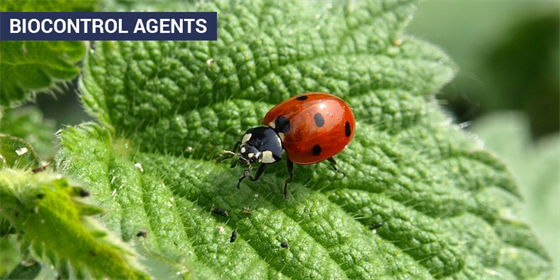


In the importation approach (generally referred to as classical biological control), exotic natural enemies are imported and released in a new area where the target pest occurs, while augmentation and conservation involve supplementing (or manipulating) natural enemies already in place, or modifying the environment, respectively, to improve the effectiveness of biological control. In contrast, applied biological control is achieved through human efforts or intervention, and consists of three main approaches importation, augmentation, and conservation. Natural biological control is that brought about by indigenous natural enemies in the native range of a pest species. Two types of biological control, natural biological control and applied biological control are often distinguished. Biological control is the "the action of parasites, predators, and pathogens in maintaining another organism's density at a lower level than would occur in the absence of the natural enemies" (DeBach 1964). The total retail market for organic products is now more than $39 billion in the United States alone (USDA Office of Communication Release 2016). Organic farming is no longer considered a cottage industry and has shown an increase in retail sales of nearly 300% since the recording began in 2002. Moreover, biological control is a cornerstone of organic farming, and the production of organic commodities in the United States continues to increase. It will play an increasingly important role in integrated pest management (IPM) programs as broad-spectrum pesticide use continues to decline.

Biological control continues to be proven one of the most effective, environmentally sound, and cost-effective pest management approaches used to controlling arthropod and mite pests.


 0 kommentar(er)
0 kommentar(er)
